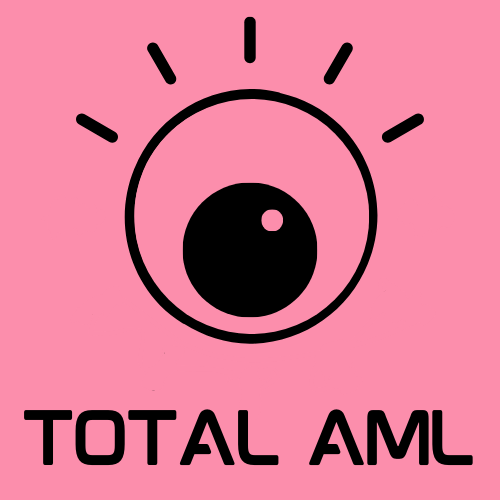Terrorism Financing Risks
A terrorist act advances an ideological, political, or religious cause, that is intended to intimidate a population or coerce a government or international organisation. A terrorist act can include death, damage to property, economic loss, or environmental damage – where there is a likely risk to endanger human life. Violent extremism becomes terrorism when a terrorist act is carried out.
Terrorism financing is providing or collecting funds for a terrorist act, or to fund activities that support terrorism. Terrorism financing is a standalone offence. It is not necessary to demonstrate that the funds were ultimately used to carry out a terrorist act. The mere act of providing or collecting funds with the intention or knowledge that they will be used, in whole or in part, for terrorism is sufficient.
Methods and financial channels used by money launderers and terrorism financiers are similar. However, the main purpose of money laundering is to disguise the illegal origins of criminal profits. While the main purpose of terrorism financing is to raise, move and use funds for terroristic acts. Therefore, you should consider your specific terrorism financing risks and implement appropriate policies, procedures, and controls to mitigate those risks.
New Zealand Vulnerabilities
In the immediate aftermath of the March 2019 Christchurch terror attack, the domestic terrorist threat to New Zealand was raised to ‘High’ and has subsequently been lowered, to ‘Medium’. Even though a second terror attack occurred at LynnMall Auckland in September 2021, it did not significantly change the terrorism risk for New Zealand, which was further lowered in November 2022. New Zealand’s national terrorism threat level is categorised as ‘Low’ on a five-level scale ranging from ‘Very low’ to ‘Extreme’, with ‘Low’ being the second lowest level.
Our domestic terrorism risks relate primarily to self-funded lone actors or small cells. Our international terrorism risks include the risk of New Zealanders providing financial support to overseas groups through our financial system and legal structures. The Department of Internal Affairs (DIA) Terrorism Financing Risk Summary does not suggest that funds are sent from abroad to finance terrorism in New Zealand.
We can be vulnerable to terrorism financing activity without being at significant risk of a terrorist attack. This is because New Zealand’s economic and financial environment offers some features that are appealing to terrorism financiers:
New Zealand offers access to the global financial system, and funds flowing through New Zealand may appear less suspicious and subject to less scrutiny due to New Zealand's good reputation abroad.
Funds can be easily moved in New Zealand due to high levels of financial inclusion and ease of access to financial and non-financial services.
Companies can be easily registered in New Zealand, with comparatively loose requirements and low levels of enforcement.
New Zealand has a stable financial system, with low levels of corruption, that offers reliability and established expectations of transacting for the safe movement of funds.
Detecting Terrorism Financing
When you provide services to your customers, you should consider:
Nature, size and complexity – If you are a smaller reporting entity, terrorism financiers may perceive you as less likely to be able to detect terrorism financing than larger and well-resourced institutions. On the other hand, if you process a large volume of transactions, detection of suspicious transactions can be difficult.
Jurisdictions with poor AML/CFT controls are likely to be attractive for terrorism financing. Finance and trade hubs in regions affected by terrorism, or jurisdictions bordering conflict zones, may also act as conduits for terrorism financing.
Non-face-to-face delivery methods are attractive for terrorism financing purposes as they obfuscate transacting parties’ identities.
Products and services that can be used to create complex layers or distance between an individual and their intended use, may hide suspicious activity. Examples of products and services that present terrorism financing vulnerabilities are:
The provision of international money transfer and exchange services to high-risk jurisdictions.
Gatekeepers (such as lawyers and accountants) acting on behalf of a customer and providing a false impression of legitimacy.
Facilitating the setting up of legal structures that hide the identity of the beneficial owners such as companies, trusts and charities.
In Practice
The DIA suggests some risk mitigation strategies:
Assess your terrorism financing risks when you onboard a new customer.
Identify and verify the source of wealth or funds when the terrorism financing risks of a customer are high.
When a customer or a transaction presents terrorism financing risks, check on customers and transacting parties against the list of all individuals and entities subject to counter-terrorism sanctions regimes on the New Zealand Police website.
Investigate unusual transaction patterns and account activity, and any possible references of alpha-numerical terms or combinations associated with violent extremist ideologies.
Monitor for terrorism financing red flags (the list is not exhaustive):
Customers emptying out bank accounts and savings, and sale of assets including personal belongings.
Customers utilising financial services at retailers to buy equipment that could be used for terrorist activity.
Funds transfers to multiple beneficiaries located in high-risk jurisdictions.
Multiple customers conducting funds transfers to the same beneficiary in a high-risk jurisdiction.
Absence of expected transactions such as regular income or unemployment benefits, normal debit and credit account activity and/or paying bills.
Numerous and frequent transfers into personal accounts described as donations, humanitarian aid, or similar.
What’s next
Get in touch if you want to talk about your terrorism financing risks.
